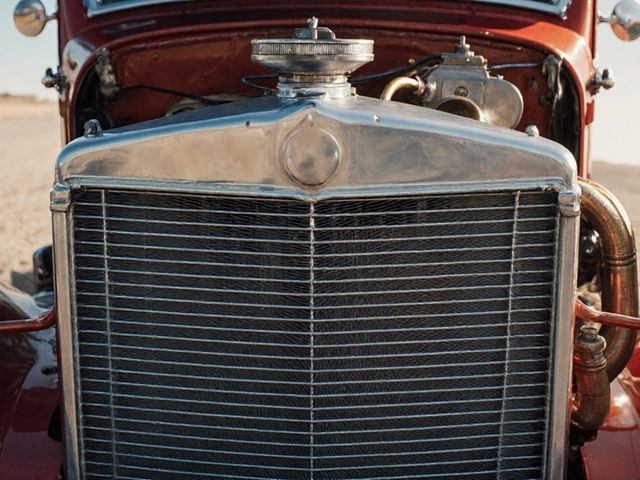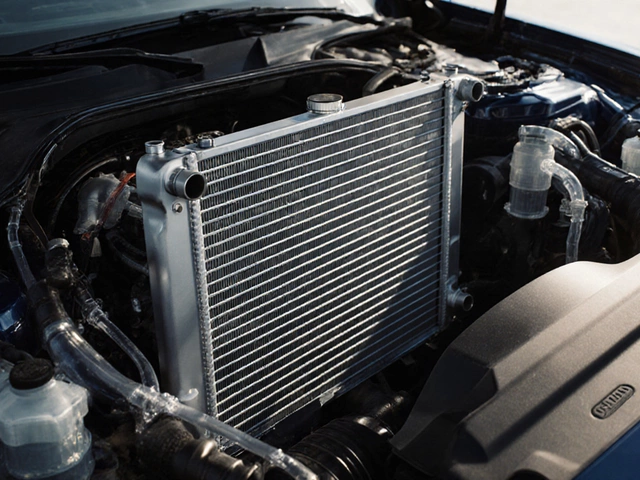
Pad Replacement: Brake Pads, Clutch Pads, and What You Need to Know
When you hear pad replacement, the process of swapping out friction components like brake or clutch pads that wear down over time. Also known as friction material replacement, it's one of the most common maintenance tasks on any vehicle. Most people think of brake pads first—but clutch pads, though hidden inside the transmission, wear out just as predictably. Both are critical for safety, performance, and avoiding expensive damage. Ignoring worn pads doesn’t just mean longer stops or slipping gears—it can wreck rotors, flywheels, or even the entire drivetrain.
Brake pads, the friction material that presses against the rotor to slow your car usually last 30,000 to 70,000 miles, but aggressive driving, heavy loads, or mountain roads can cut that in half. Signs you need replacement? Squealing, vibrations, longer stopping distances, or a warning light. Clutch pads, the discs that engage and disengage engine power from the transmission last longer—often 60,000 to 100,000 miles—but if you ride the clutch, pop the clutch at lights, or drive in stop-and-go traffic, they’ll wear fast. A burning smell, slipping gears, or a clutch pedal that feels too high or too low means it’s time to check them.
Pad replacement isn’t always a simple swap. Brake pad replacement can be quick and cheap on a compact car, but on an SUV or luxury vehicle, it might mean replacing rotors too. Clutch replacement? That’s a full-day job, often requiring the transmission to come out. You can’t just swap clutch pads alone—they’re part of a kit that includes the pressure plate and release bearing. And if you delay, you risk damaging the flywheel, which can double your repair cost.
What’s interesting is how these two types of pads are treated differently by drivers. Most people check their brake pads when they hear noise. Few ever think to check their clutch unless the car starts behaving strangely. Yet both rely on the same principle: controlled friction. One stops motion, the other controls power. Both need attention before they fail.
This collection of posts gives you real-world answers—not guesses. You’ll find exact pricing for brake pad replacement in 2025, how to spot worn clutch pads before they leave you stranded, and why some people replace both front and rear pads even if only one side sounds bad. You’ll learn how long the job takes, what tools you really need, and when to walk away and call a pro. Whether you drive a hatchback, a pickup, or an SUV, the signs of pad wear are the same. The cost and complexity? That’s where things change.
-
18 May






